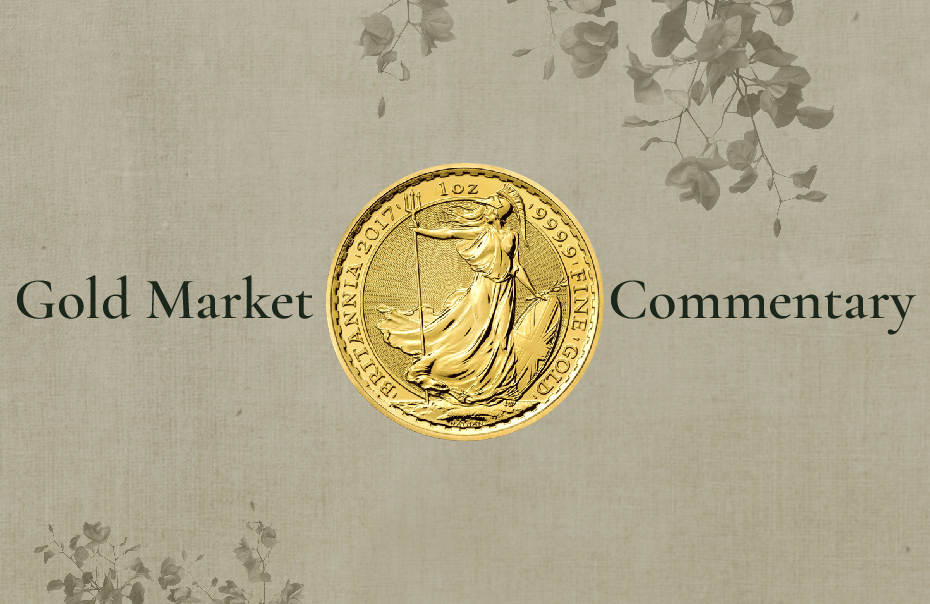Hedging Against Uncertainty: Gold Prices Surge Amidst U.S. Rate Hike Speculations and Geopolitical Tensions
Gold prices traded near two-week highs in mid-November, with sentiment growing that the U.S. rate hiking cycle may have come to an end, auguring for a constructive price outlook for non-yielding bullion.
A softer U.S. dollar and weaker U.S. Treasury yields gave support to gold. Global geopolitical uncertainty, including the Israel-Hamas conflict, boosted gold’s appeal to investors as a safe haven.
Several analysts foresee a possible U.S. rate cut early next year, which could further underpin the gold price.
Technical analysts see firm resistance at $2,000 per ounce, with strong support at $1,900. On November 17, gold was little changed at $1,983.24 per ounce, just below a two-week peak touched earlier in the week.
“The precious metals bulls are getting fuel from this week’s tamer U.S. inflation data that sunk the U.S. dollar index and also has the marketplace thinking about a Federal Reserve interest rate cut in the spring,” Kitco News said.
For UK-based gold savers, weakness in the pound made acquisition of dollar-denominated gold more expensive in mid-November.
The pound slid sharply on November 17 after UK retail sales unexpectedly contracted in October, fuelling UK recession fears. The pound traded at around $1.24.
Economists are concerned that a prolonged period of rising interest rates in the UK will squeeze consumer spending due to the cost of living crisis, which includes the high cost of mortgages and a buoyant rental market.
British retail sales fell by 0.3 percent in October, falling short of analysts’ expectations for a 0.3 percent recovery.
Analysts see risks that the surprise fall in retail sales could feed into possible recession this winter, with a 25 basis point Bank of England rate cut on the cards in the middle of 2024 and perhaps two more rate rises seen later in 2024.
A softer pound against the dollar could raise the cost of saving gold in sterling terms, especially if bullion prices remain supported by prospects for U.S. interest rates to start falling next year.































